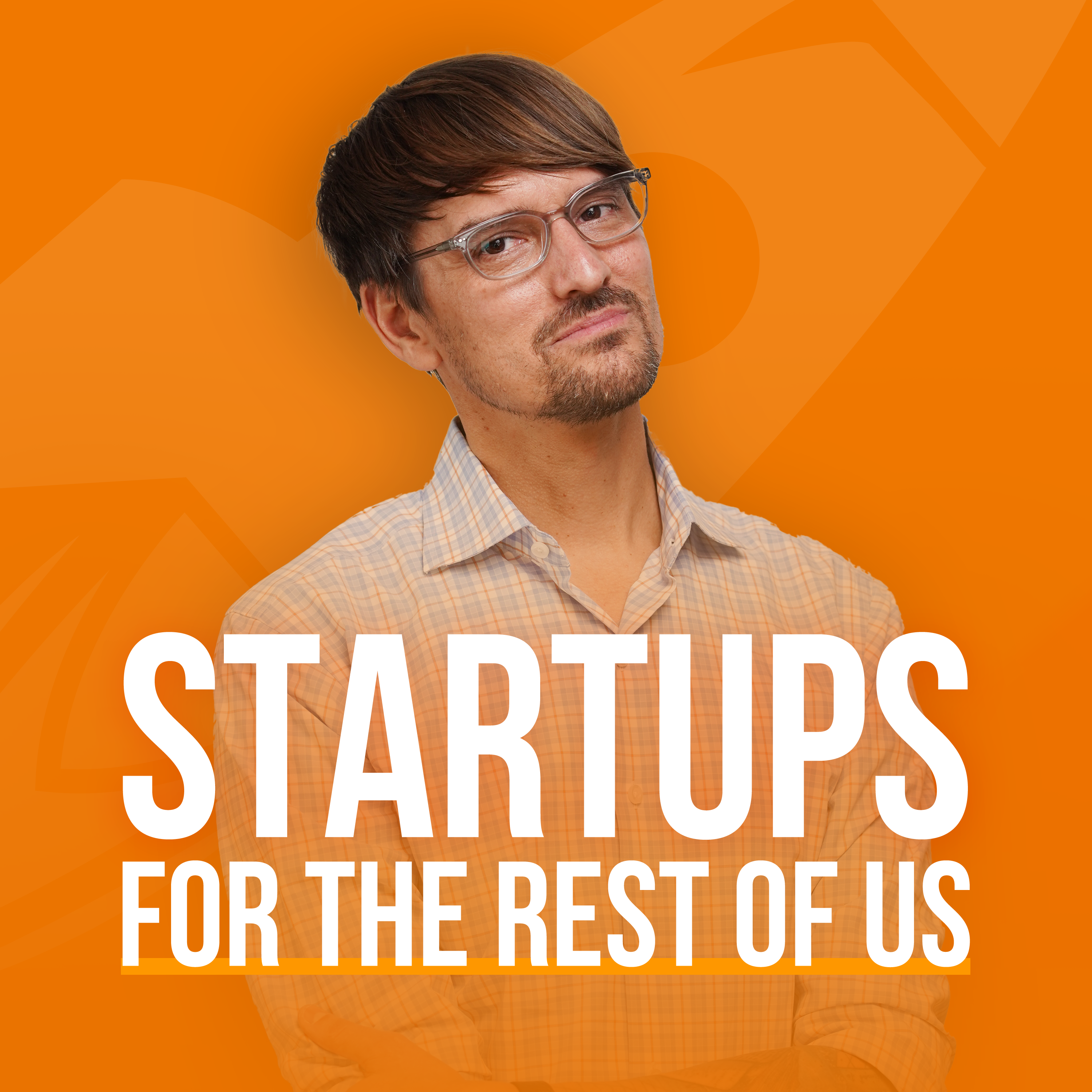
Episode 741 | What Actually is Product Led Growth? (with Wes Bush)

Startups For the Rest of Us
Deep Dive
What is the core definition of product-led growth (PLG)?
Product-led growth (PLG) is a strategy where the product itself is used to acquire, engage, and monetize customers. It involves delivering value to users before they purchase, often through free trials or freemium models, and leveraging the product throughout the entire go-to-market motion.
Why is the order of acquisition, engagement, and monetization important in PLG?
In PLG, the order is acquisition → engagement → monetization, meaning users experience value before paying. This contrasts with sales-led growth, where monetization happens before engagement. The shift ensures users see the product's value first, increasing the likelihood of conversion.
What is a common misconception about product-led growth?
A common misconception is that PLG means the product will sell itself without marketing or sales efforts. In reality, PLG still requires significant marketing, onboarding, and optimization to drive user acquisition and conversion.
What is the key difference between a sales-led and product-led company?
The key difference lies in the go-to-market motion. Sales-led companies focus on acquisition → monetization → engagement, while product-led companies focus on acquisition → engagement → monetization, ensuring users experience value before paying.
What is the main benefit of adopting a product-led growth strategy?
The main benefit of PLG is leverage. It allows businesses to scale efficiently by using the product as the primary driver of growth, leading to higher revenue per employee and greater profitability compared to sales-led models.
Can a company use both product-led and sales-led strategies?
Yes, companies can adopt a hybrid approach, using PLG for lower-tier customers and sales-led strategies for higher-tier customers. This allows businesses to cater to different segments effectively while maximizing revenue.
What is the most critical factor in designing a successful free model for PLG?
The most critical factor is defining the main outcome of the free model. Users must experience tangible value during the free trial or freemium experience, such as achieving a specific goal or transformation, to encourage conversion to paid plans.
Why is it important to clearly define the ideal user in a PLG strategy?
Defining the ideal user is crucial because it ensures the free model delivers value tailored to their needs. Without a clear understanding of the target user, the free experience may fail to resonate, leading to low conversion rates.
What is an example of a company that uses PLG effectively?
Slack is a prime example of effective PLG. Its internal virality, where users naturally invite team members, combined with a seamless onboarding experience, allowed it to grow rapidly without heavy reliance on traditional sales efforts.
What is the role of marketing in a product-led growth strategy?
Marketing plays a vital role in PLG by driving user acquisition, optimizing onboarding, and ensuring users experience the product's value. Even in PLG, marketing efforts are essential to scale the business and improve conversion rates.
- Product-led growth uses the product to acquire, engage, and monetize customers.
- It's a multidimensional strategy impacting the entire go-to-market motion.
- The "try before you buy" experience is a core tenant of PLG.
Shownotes Transcript
In episode 741, Rob Walling talks to Wes Bush, CEO and Founder of ProductLed, about the nuances and misconceptions of product-led growth. Wes debunks common myths and explains how companies can leverage their product to drive user acquisition, engagement, and growth. They dive into a real-world example and explore how founders can avoid the trap of thinking the product will “sell itself” while contrasting PLG and sales-led strategies.
Episode Sponsor:
Hiring senior developers can really move the needle in your business, but if you bring on the wrong person, you can quickly burn through your runway. If you need help finding a vetted, senior, results-oriented developer, you should reach out to today’s sponsor, Lemon.io).
For years, they’ve been helping our audience find high quality, global talent at competitive rates, and they can help you too.
Longtime listener Chaz Yoon, hired a senior developer from Lemon.io and said his hire ”definitely knew his stuff, provided appropriate feedback and pushback, and had great communication, including very fluent English. He really exceeded my expectations.”
Chaz said he’d definitely use Lemon.io again when he’s looking for a senior level engineer.
*To learn more and get a 15% discount on your first four weeks of working with a developer at lemon.io/startups). *
**Topics we cover: **
2:01 – Defining product-led growth
6:07 – Are users able to get value for free?
11:38 – Hybrid: both product-led and sales-led
14:52 – Determining the main outcome of your free model
19:23 – Misuse of the PLG terminology
22:00 – The benefits of PLG over sales-led growth
24:08 – Workshopping SavvyCal’s product-led strategy
Links from the Show:
Product-Led Growth: How to Build a Product That Sells Itself) by Wes Bush
The Product-Led Playbook: How to Unlock Self-Serve Revenue and Dominate Your Market (With a Tiny Team)) by Wes Bush
Product-Led Onboarding) by Ramli John
If you have questions about starting or scaling a software business that you’d like for us to cover, please submit your question) for an upcoming episode. We’d love to hear from you!